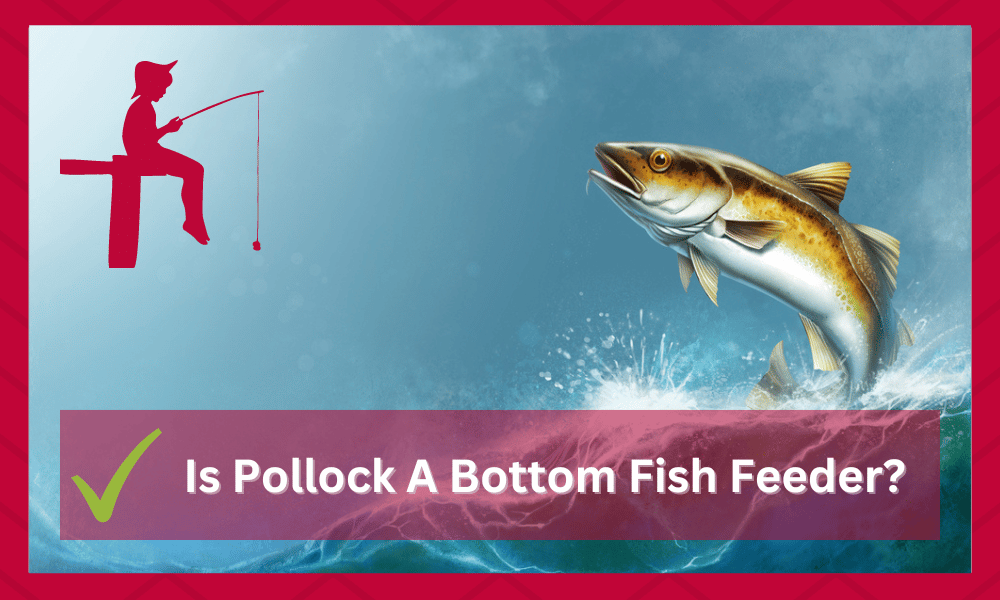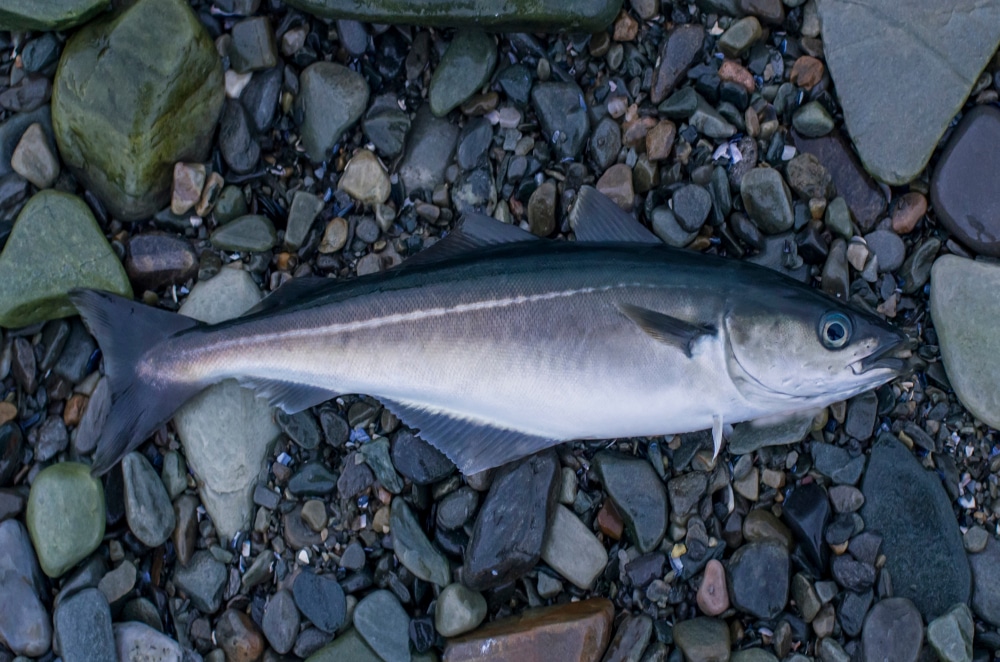
Pollock is known as a nutritious fish, which is commonly available. It is more affordable as well as sustainable when compared to other species of whitefish like haddock, cod, or hake.
Generally, there are two species of Pollock fish in the genus Pollachius; named Saithe and Pollock.
They are mostly found in North Atlantic regions. Pollock fish are carnivores and usually prey on smaller fishes, crustaceans, herring, squid, and worms.
Pollock is also used in McDonald’s fillet-o-fillet sandwiches, imitation crab meat, and fish sticks.
Their bodies are brownish-grey in color with faded yellow-grey lines having a silver belly.
The Pollock fish matures between 4 to 7 years of age and spawns in cold water from April to September. People trying to catch the variety often ask some questions regarding them.
Recently tons of fishermen have been asking “Is pollock fish a bottom feeder?”.
If you are wondering the same thing then going through this article should help you in finding all the information required regarding this query as well as ensure that you can catch the variety easily.
Is Pollock Fish A Bottom Feeder?
Pollock are generally hunted down because of their meat. This contains a high nutritional value that is often compared with other varieties like salmon, cod, and tuna.
Talking about this, people should note that pollock usually have low saturated fat while the protein content is higher.
The fish also has tons of vitamins including selenium, phosphorous, and B12, all of which make this a great addition to most diets.
You should note that these are some of the main reasons why pollocks are so popular. However, when it comes to catching these varieties, some things should be kept in mind.
The depth at which the variety roams around is a major factor that helps in catching tons of these fish.
Talking about this, pollock is a bottom-feeder variety that is quite tough to catch. The best way to ensure that you catch these fish easily is by using a long line.
Though, it should be noted that the line should be durable enough to pull the fish. Pollock grows up to 3 feet in length and weighs around 1 to 3 pounds.
While this is considered to be light, you should note that the variety can be tough to reel in considering how deep it is.
If you were wondering what the term “Bottom Feeder” refers to then it should be noted that these are usually varieties that live on the seabed.
Bottom feeders usually roam around looking for smaller prey that they can scavenge. Their diet mostly consists of plants, worms, or similar stuff.
Pollock fish is also often compared to Atlantic Pollack. When it comes to this, people usually give pollock a bad reputation because of its dark-colored flesh.
This usually indicates that the fish does not feed properly. However, you will notice that the quality of pollock is much better than it seems.
Some brands and commercial areas even use the meat found on pollock as a substitution for salmon.
This is mainly done in cat food, but you will even notice fillets using pollock as alternatives to salmon and cod because of their similar nutritional values.
With that being said, another thing people should note about pollock is that it is also often referred to as a “dirty fish”.
When talking about this, varieties that are caught locally by fishermen usually have a stench or smell on them. Although, if you catch the varieties in a channel then these have no smell.
This shows how important it can be to select the location you will be fishing at.
Not only does this allow people to catch healthy and larger pollocks, but it also ensures that you find tons of them. The best way to find the location is by searching for areas that have confirmed sightings.
The next thing that you need to do is check how many fishermen usually visit the spot.
The more people there are fishing, the fewer chances you have of finding varieties like pollocks. Hence, make sure that you either select a spot with fewer fishermen or go out fishing in the early mornings.
The information provided above should be enough for most people to understand that pollock are bottom-feeding fish. Additionally, the tips provided should allow users to catch these varieties without many issues.


